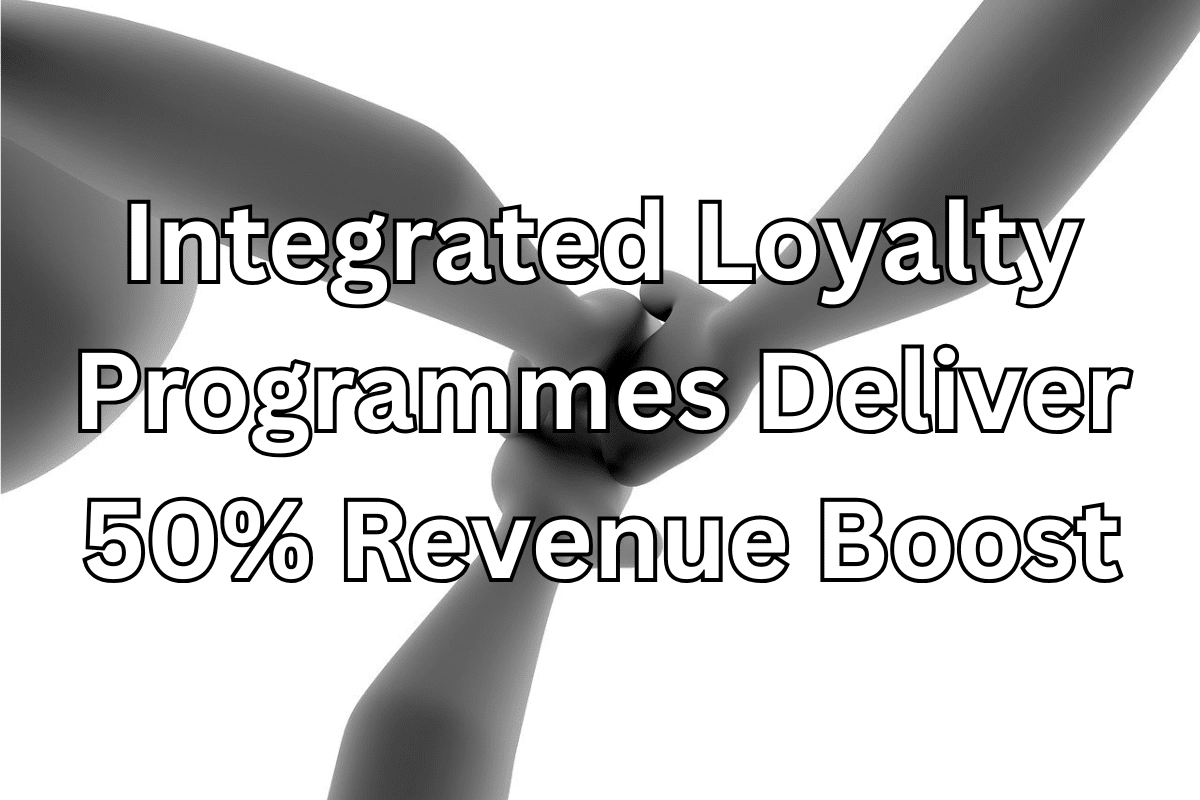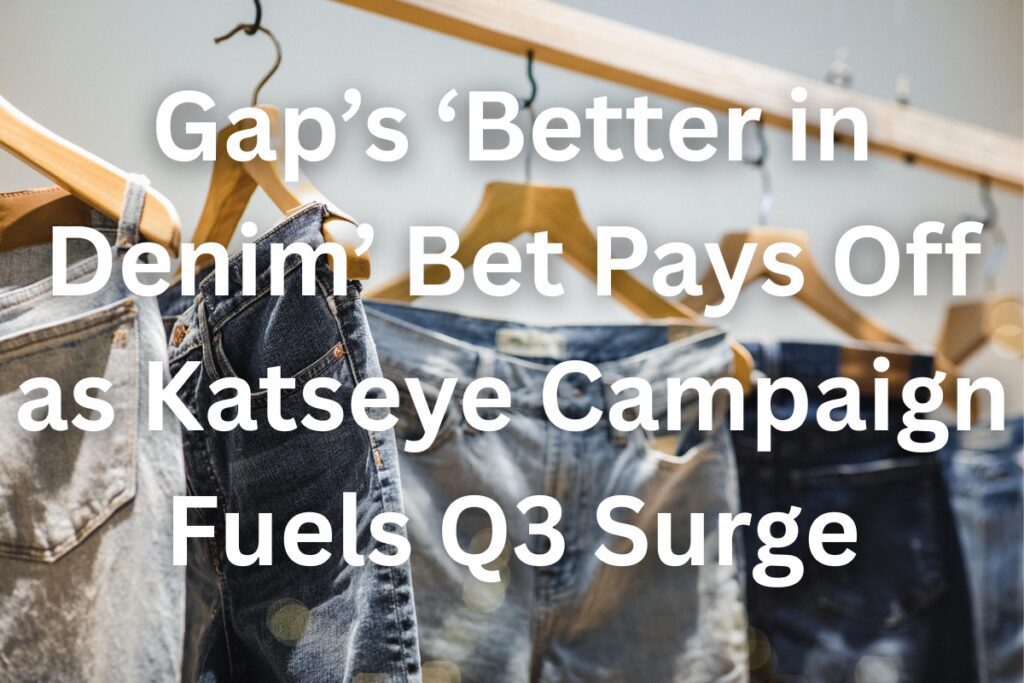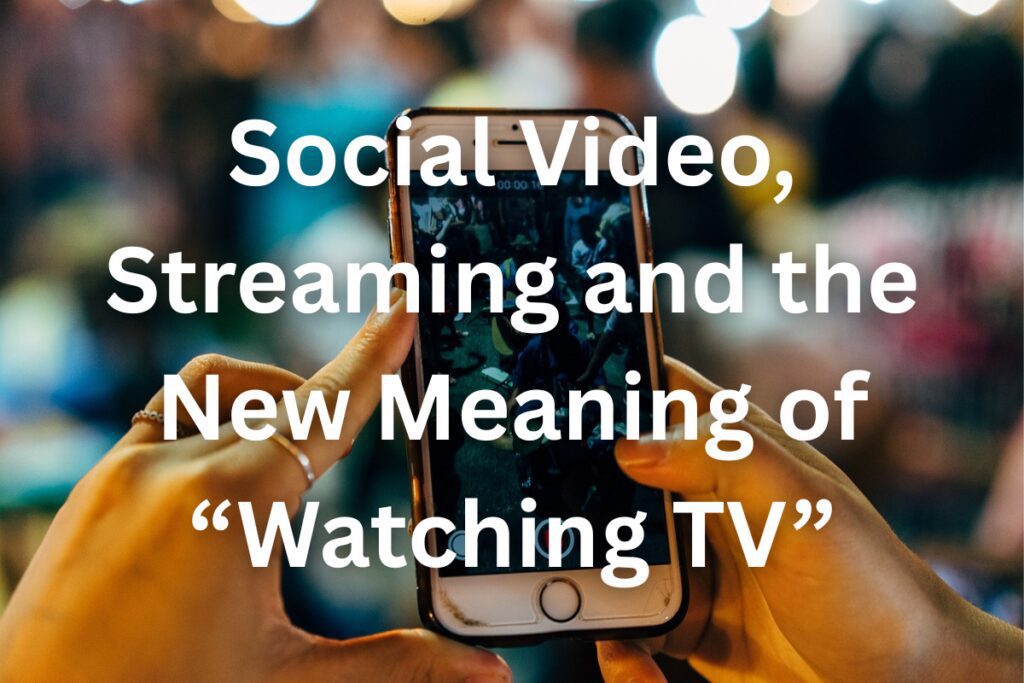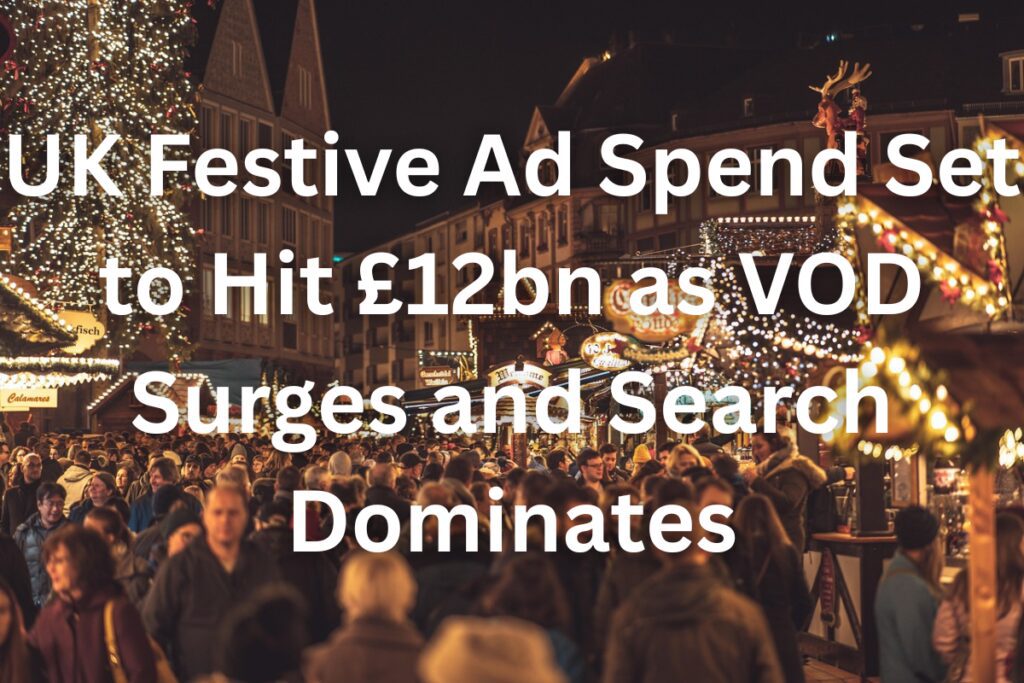A newly released report from VCCP and the Data and Marketing Association (DMA) has revealed that integrated loyalty programmes can increase revenue by a striking 50%.
Published on 13 June, The Long and Short of Loyalty analyses more than 1,700 campaigns drawn from the DMA’s Effectiveness Databank, highlighting the tangible value of customer loyalty when it is fully integrated into a brand’s strategic fabric.
The research was conducted in partnership with TAP CXM, Bernadette, and Cowry Consulting. Together, these organisations have built a compelling case for rethinking how brands perceive and deploy loyalty initiatives.
Beyond Points: Loyalty as a Brand Ecosystem
At the heart of the study lies a bold proposition: loyalty isn’t just a mechanism for promotions and reward points. Instead, the brands that are truly succeeding – those identified as having the “Loyalty X Factor” – are embedding loyalty into every aspect of their brand ecosystem.
According to the Head of Strategy, Loyalty & CRM at VCCP, these brands use loyalty data to connect all customer touchpoints, fuelling what the report calls compound creativity. They stated that loyalty should be viewed as a long-term, distinctive brand asset, not just a short-term tactical tool.
And the data backs this up: brands with integrated loyalty strategies are 80% more likely to gain new customers. In other words, loyalty isn’t just about keeping your current customer base – it’s also a powerful engine for growth.
From Silo to Strategy
Despite the overwhelming evidence, many companies continue to treat loyalty as a standalone function, often disconnected from the rest of the marketing or brand communications strategy.
This fragmented approach, the report argues, weakens the overall customer experience and stifles long-term impact.
The Data and Insight Director at the DMA emphasised this missed opportunity, commenting that brands are missing a trick if they think of loyalty data solely in terms of retention. It’s also a rich tool for acquisition and, even more importantly, for brand-building and advocacy.
A Clear Shift Since 2022
Since 2022, the marketing landscape has undergone a noticeable shift. The number of brand-related effects from loyalty-centric campaigns has tripled, showing a strong pivot from short-term rewards to long-term brand equity.
The report highlights that businesses embracing this change are now eight times more likely to achieve sustainable customer retention.
It’s not just about bringing customers in – it’s about making them stay, advocate, and engage consistently over time.
Conclusion: A Loyalty Revolution in the Making
The findings from The Long and Short of Loyalty are clear: loyalty is no longer a secondary add-on to a brand strategy.
When treated as a deeply integrated, data-rich asset, it has the power to transform brand performance. From driving 50% higher revenue to tripling brand impact, loyalty programmes done right are reshaping the way brands acquire and retain customers.
Marketers and brand strategists now have a golden opportunity – to reframe loyalty as a strategic, long-term differentiator rather than a short-term gimmick. The brands that adapt will not only win hearts, but also market share.









